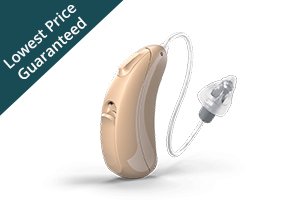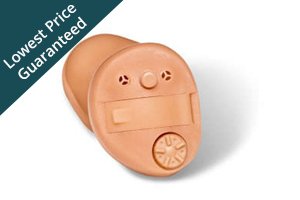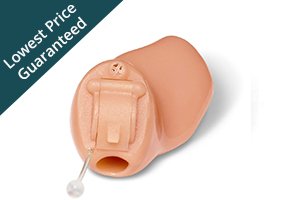7. Is there any harm if I do not use a hearing aid on time?
Firstly, not using a hearing aid on time, can cause your hearing loss to progress more rapidly. Hearing loss affects your quality of life, & everyday activities.
8. What is a Digital hearing aid?
Based on the signal processing, there are 3 types of Hearing aids: Analog, Trimmer Digital, & Digital Programmable. Digital Programmable hearing aid is considered the best among these three.
It has a tiny chip which acts like a computer. It minimizes the impact if the sound is too loud & enhances the volume & vice-versa. Generally, humans hear in the range of 20Hz to 20KHz. Now, suppose you hear 250Hz at 40dB & 6KHz at 80dB. So, these are two different frequencies, which need two different kinds of Gain/Amplification. This is possible only with Digital Programmable hearing aid. Let’s say, the explosion of firecrackers hurts your ears, but at the same time, you cannot hear anything said in a whisper. In this case, a Digital Programmable hearing aid can enhance the soft whisper to let you hear what is being said. And when a firecracker explodes, it can reduce that sound in your ear. A digital hearing aid is an effective device, as even if hearing ability increases, you can continue to use. With re-programming, it can last you for 5-7 years.





